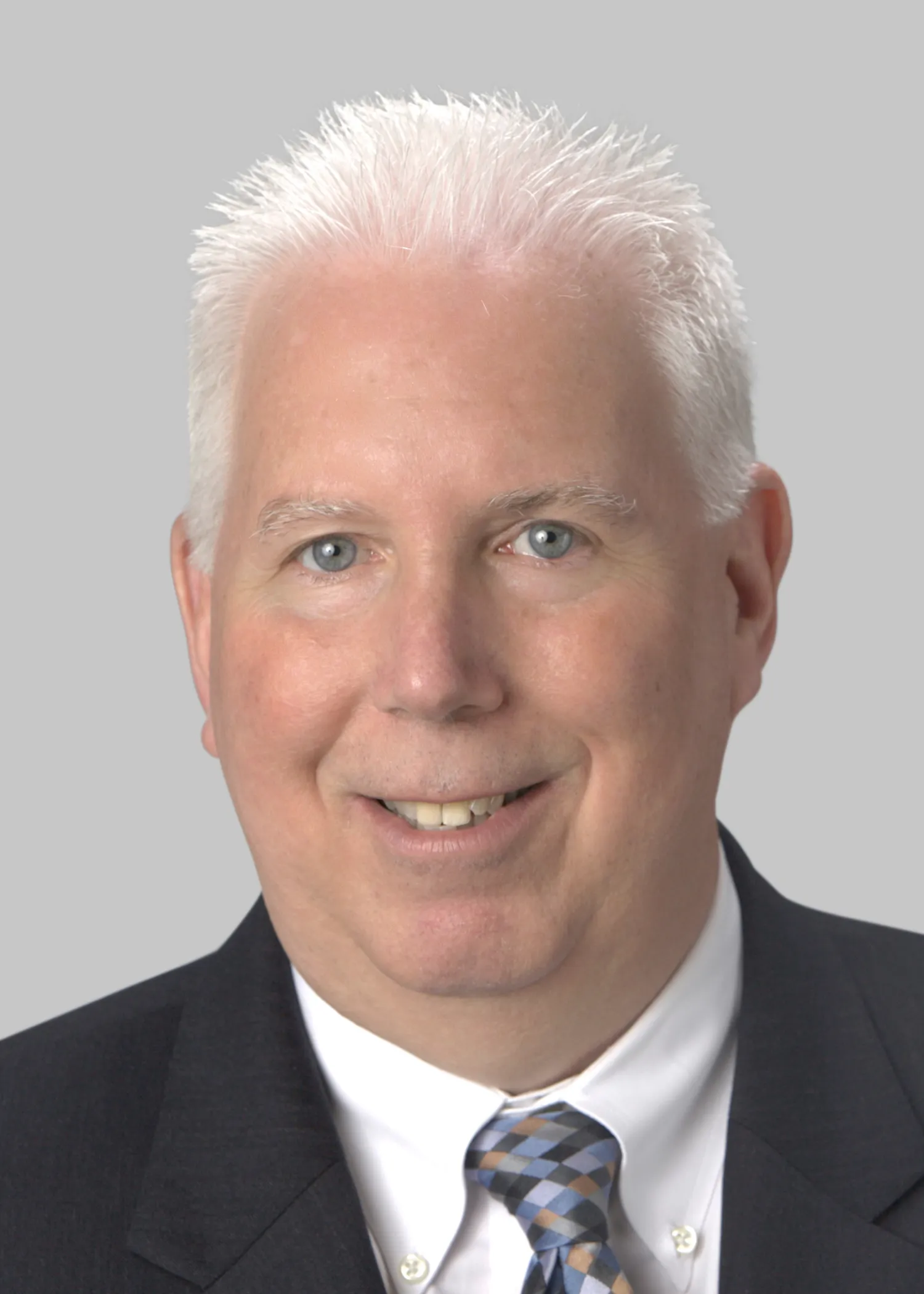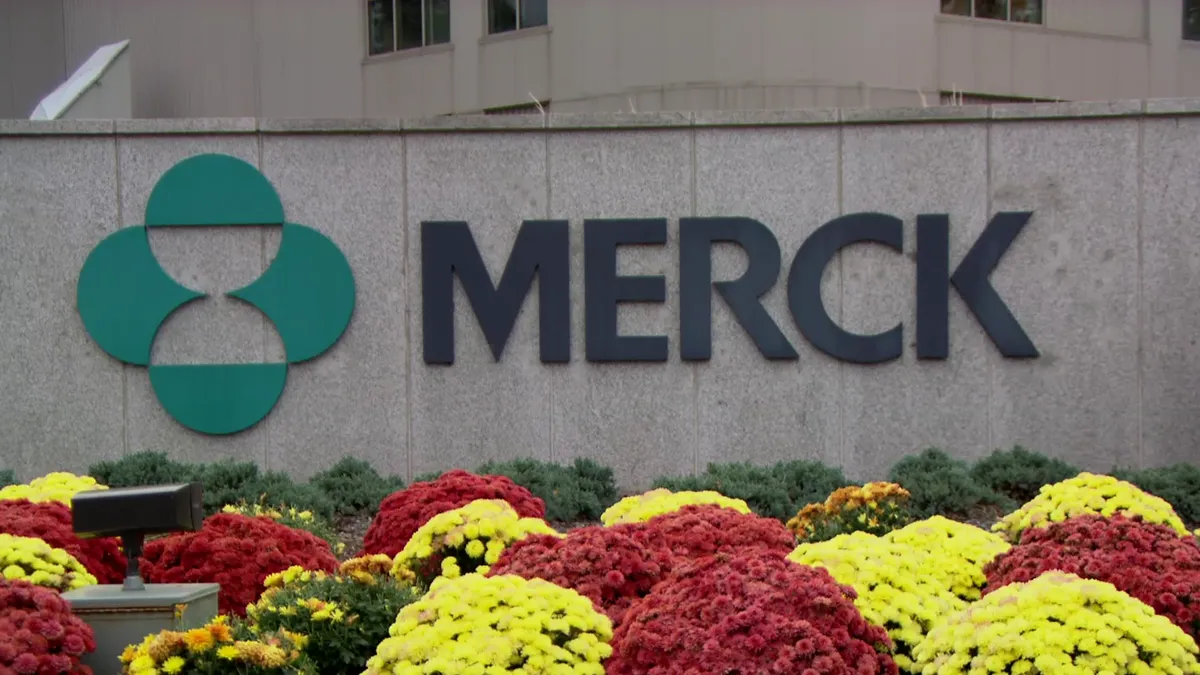Psychedelics research is hitting its stride this year, and the FDA could soon approve the first-ever psychedelic therapy in the U.S. if all goes right.
After meeting primary and secondary endpoints in two phase 3 MDMA-assisted therapy studies for adults with post-traumatic stress disorder (PTSD), the nonprofit Multidisciplinary Association for Psychedelic Studies (MAPS) said it plans to submit the drug for regulatory approval in the third quarter.
Any onlookers hunting for insights on how the FDA might review the data need not look far. A new draft guidance document published by the agency late last month provides the first public glimpse into how regulators may evaluate MAPS’ application, as well as any other psychedelic drugs expected to reach its doors in the next few years.
While the guidance, titled “Psychedelic Drugs: Considerations for Clinical Investigations,” doesn’t provide any earth shattering new developments for those familiar with the space, and largely follows other recommendations for more traditional treatments, experts say its mere existence showcases the changing tide in attitudes toward psychedelic medical research.

“It's been something that I know was in the works for quite a long time,” Robert Barrow, the CEO of the New York-based psychedelic biotech MindMed said of the FDA’s action. “I think as FDA is increasingly seeing more and more applications and more sponsors such as ourselves get further in development, it felt like an appropriate time to get that guidance document out there.”
Just days before the guidance was published, members of the recently reestablished bipartisan “psychedelic caucus” in Congress introduced legislation asking the FDA to compile clinical trial guidelines for such drugs. Add to that the dozen or so state bills calling for the decriminalization of hallucinogenic drugs and an uptick in NIH funding for the space, and it’s clear psychoactive therapeutics are gaining more widespread acceptance.
Of course, as much as the FDA’s document catalogs existing practices, it also lays out a number of areas of potential contention between regulators and developers, such as developing factorial studies and minimizing bias in placebo administration.
Potential pushback
Some stakeholders have expressed concern over the FDA’s recommendation that, for psychedelic treatments paired with therapy, drug developers should “justify the inclusion of (the) psychotherapy component and describe any trial design elements intended to reduce potential bias.”
For instance, the agency suggested sponsors adopt a factorial design, with one group of patients only receiving therapy, and another group receiving the drug. To further reduce bias in studies, the FDA also recommended that any investigator involved with administering the drug or observing a patient’s behavior while on the drug not be involved “in the post-session psychotherapy because their knowledge of the treatment could bias the delivery of subsequent therapy.”
It also urges sites to employ a “healthcare provider with graduate-level professional training and clinical experience in psychotherapy” as a lead monitor, and an assistant monitor with a “a bachelor’s degree and at least one year of clinical experience” in a mental health setting.
But Kimberly Chew, a former bench-scientist turned lawyer who co-founded and now co-leads Husch Blackwell’s psychedelic and emerging therapies practice, questioned whether the current shortage of mental health providers could make it difficult for sponsors to properly implement FDA’s recommendation.

“It will probably require a lot more training and a lot more investigators to partake in particular clinical trials,” Chew said. “There are a couple of schools now offering training for this, but not very many, so to get enough people trained to satisfy this guidance might be difficult.”
Several early comments on the draft guidance from healthcare providers ask the FDA to consider broadening the recommendation to include non-mental health nurses as assistant monitors and family nurse practitioners where appropriate. Some also cite research finding that, particularly with psylocibin, having one therapist observe the medicine session and conduct the post-session is better for both patients and clinicians.
Placebo or no?
Another area where stakeholders expect ongoing conversations with the FDA is in the use of placebos. In its guidance, the FDA contends that traditional placebos can prove “problematic for assessing efficacy” in psychedelic trials because subjects receiving the drug will experience an “intense perceptual disturbance” that those in the control group won’t.
While inactive controls allow for better safety findings, the FDA noted that in some instances microdoses of a psychedelic or other forms of psychoactive drugs that mimic the experience could be used.
Some trials have already used these measures, including “things like niacin (nicotinic acid), which causes your heart to race and your skin to itch,” that may confuse patients who’ve never taken and don’t know what to expect from psychedelics. For those that have tried hallucinogens, though, these methods don’t often work.
With microdoses, on the other hand, Raj Mehra, CEO and founder of the CNS-focused Seelos Therapeutics, said patients may not “be able to tell whether they have a 0.5 milligram or 10 milligram and this way they can separate it out.”

Still, David Rosen, a partner at the law firm Foley & Lardner, said he expects issues to arise “on what is a valid comparator and how to design that.”
And ultimately, as the industry continues to wrestle with the question, Barrow argued that the end goal needs to remain the same.
“Methodologically, we shouldn't lose the forest for the trees here, just because something acts a little bit differently, or someone says, ‘I feel a little differently,’ doesn't change the inherent truth that placebo-controlled studies are the gold standard,” Barrow said. “We need to take sort of a measured, thoughtful, logical approach to this and say, what are we trying to establish? What are we trying to do? What is the purpose of a placebo?”
Next steps
Despite the need for ongoing conversations in some of these topic areas, late-stage companies in the psychedelic space told PharmaVoice the guidance barely changes their current trial protocols.
For instance, a stakeholder for Compass Pathways, an advanced psylocibin-based developer, said “the guidance’s call for ‘adequate and well controlled studies’ mirror(ed its) design of two phase 3 studies that complement each other: (its) placebo controlled COMP 005 study, and (its) high – middle – low dose design in (a) COMP 006 study.”
And Barrow said that because MindMed has worked closely with the FDA, the agency “has been very open and constructive and engaged in all the dialogue that we've had with them, ultimately culminating with some common themes that you see in the guidance document.”
For other companies that are further away from the regulatory process, or that may be dealing with unique circumstances, Chew predicted the FDA could see more pushback.
“There will be a lot of comments on this draft guidance simply because there's a number of clinical trials ongoing in psychedelics, and maybe not all of these parameters are addressed in their clinical trial,” she said.
Those comments are due Aug. 1, though it is unclear what the FDA may use them for. Rosen expressed doubt over whether the FDA would publish a finalized guidance on the topic, instead predicting that more insights will come with the agency’s first psychedelic approval — potentially with MAPS’s candidate.
As for a timeline, the industry is in a “wait and see” phase.
“With this area, nothing's going to go quickly because we're working through the endpoints, we're working through the design, we're working through the combination therapy, we're doing a lot of different things. We're developing the models at this point in time,” Rosen said. “What is ultimately going to be required for approval is going to be very interesting.”










